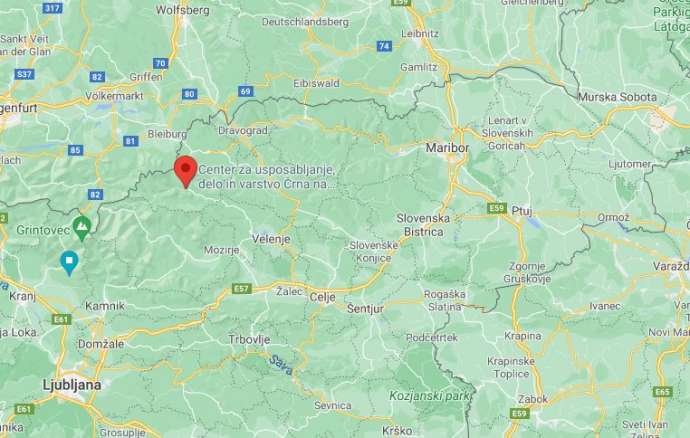STA, 7 September 2021 - The latest in a series of blood lead tests in three-year-olds living near the shuttered lead and zinc mine in Mežica has shown that blood lead values in children have increased on average compared to last year, however the situation has nevertheless improved in the past three years. The level of concern has been exceeded in 6% of the children.
The National Institute of Public Health (NIJZ) continues to conduct these annual screenings as part of a programme aimed at rehabilitating the environment in the heavily polluted Upper Mežica Valley.
In the spring, the local unit of the institute called on 129 candidates from the Mežica and Črna na Koroškem municipalities to participate in the study. A total of 81 blood samples were collected and 66 passed muster for testing.
The elevated risk threshold, set at 100 microgrammes per litre of blood, was exceeded in four children or 6.1% of the total.
This is somewhat higher than in the past two years and is slightly above the target of the 15-year environmental remediation programme, which is defined as less than 5% of the children exceeding the elevated risk threshold by 2022.
All the participants with blood values above the level of concern this year come from the Črna na Koroškem municipality. The highest value recorded was 163 microgrammes per litre of blood.
On the other hand, 61% of the children had levels below 50 microgrammes. On average, higher levels were found in boys than girls and in children from the Črna na Koroškem municipality, which is on par with the average values of previous years, the NIJZ said on Tuesday.
High lead levels were also found in some children who were included in this year's screening due to their parents' wishes even though they are not aged three. These high values are linked to living in the most afflicted area or to occupational exposure of the children's parents.
"In the past three years, the results have been much better than in the 2016-2018 period," said the NIJZ, noting that the programme's target of less than 5% was near.






